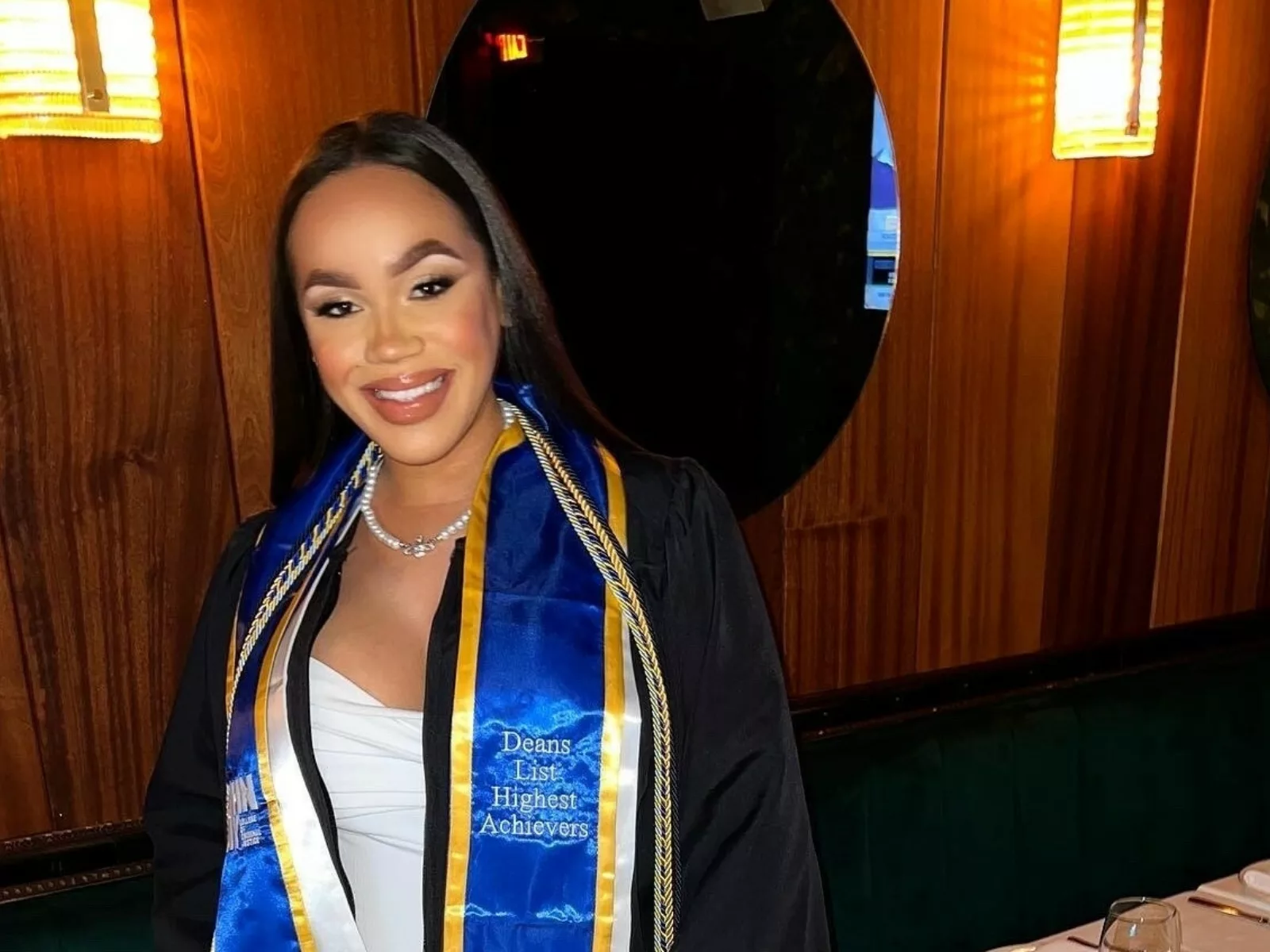Grantee: Johns Hopkins University. The full study report is available here.
Description of the Intervention: The Vision for Baltimore (V4B) Project is a comprehensive approach to school-based vision care. It provides vision screening to all students at each participating elementary or middle school. Students identified as potentially having vision deficits are invited to receive a follow-up eye exam at the school (with parental consent) and receive free prescription eyeglasses if needed. The program also provides schools with implementation support services and technical assistance to: (i) assist with the logistics of scheduling vision exams and dispensing eyeglasses; and (ii) help ensure that students are wearing their eyeglasses.
Study Design: 127 elementary, middle, and charter schools in Baltimore were randomly assigned to: (i) receive V4B services starting in the 2016 – 17 school year (cohort 1, 42 schools); (ii) receive V4B services starting in the 2017 – 18 school year (cohort 2, 42 schools); or (iii) a control group that received V4B services after completion of the two-year study period – in 2018 – 2019 (cohort 3, 43 schools). The student sample comprised students in grades 3 – 7 during the 2017 – 18 school year who were screened as having a vision problem, whose parents consented to an exam, and who were prescribed eyeglasses.
The study’s pre-specified primary outcomes were ELA and math achievement scores on Maryland’s standardized state test — the Partnership for Assessment of Readiness for College and Careers (PARCC). The study estimated V4B’s impact on these outcomes after both one and two years of program services by comparing scores for students in the cohorts that had received the services to cohorts that had not yet received the services.f1 The sample comprised 3,170 students for the one-year findings, and 1,528 students for the two-year findings. Over 80% of the students were Black, and nearly 90% were low-income.
Impact on the Primary Outcomes: The study found no statistically significant effects on ELA or math achievement PARCC test scores, one or two years after initiation of program services. In their report, the study authors also present findings on a range of policy relevant exploratory outcomes.
Study Quality: Based on careful review, we believe this is a well-conducted RCT that produced valid findings.f2













